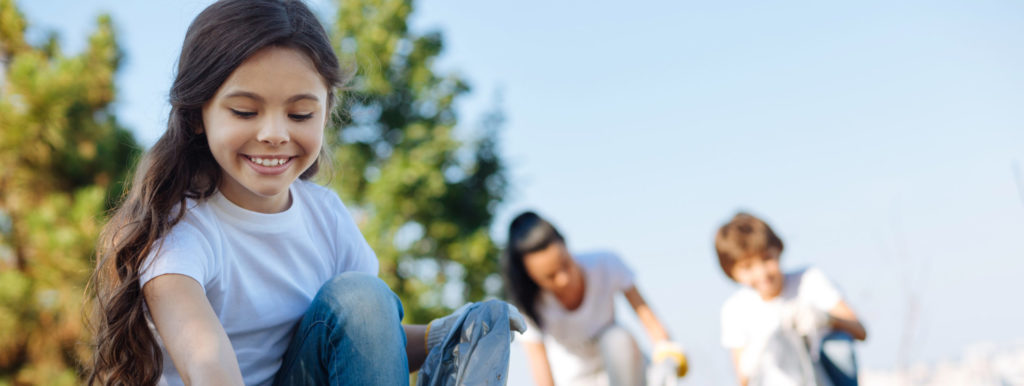In this activity, students are challenged to sort household waste items into their appropriate bins in a relay. Students must choose an item from the discarded material and sort the items into one of the following bins:
- mixed paper
- newspaper
- containers (glass, metal, and plastic triangles 1, 2, 4, and 5)
- garbage
- compostable material
These bins represent the categories that the City of Vancouver splits waste into. Taking time to sort our waste properly can reduce garbage output and help out garbage and recycling collectors.
Items from all of these categories are sent to be turned into another product. In comparison, items sent to a landfill sit, take up space, and leach out toxic chemicals. If these items are not dealt with; they are wasted. Even items that normally can be broken down, like organic waste, breaks down far slower in a landfill.
In Metro Vancouver alone, we throw away almost 1.5 million tonnes of garbage annually, and many of the items don’t even belong in the garbage!
 copy.jpg)
